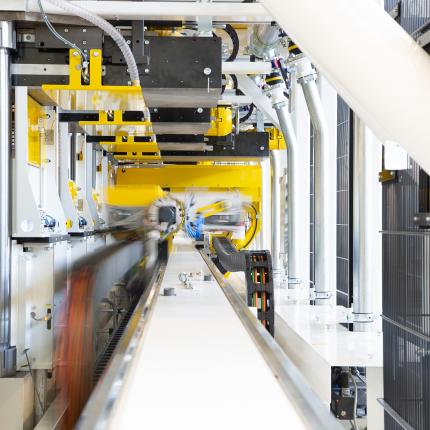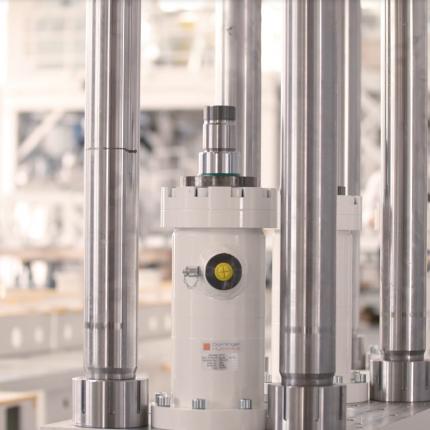Post-treatment of graphite bipolar plates
Methods for post-treatment of the surfaces of graphite bipolar plates in fuel cells
Graphite bipolar plates are often used in fuel cells, where they serve as conductive separators between the fuel cell stacks. To ensure effective conductivity and long lifespan of the bipolar plates, their surfaces must be appropriately treated.
During manufacturing, surface roughness, irregularities, and impurities can occur, which may impair the conductivity of the bipolar plate. Post-treatment of the surfaces can help to address these issues.
One way to treat the surfaces of graphite bipolar plates is to smooth them. This increases the contact surface between the plates and other components of the fuel cell, improving conductivity.
Overall, post-treatment of the surfaces of graphite bipolar plates is important to improve their conductivity, extend their lifespan, and ensure effective function of the fuel cell.
There are several options for post-treatment, including:
1. Sandblasting: Abrasive particles are sprayed onto the surface of the bipolar plate under pressure to remove roughness and unevenness.
2. Chemical treatment: Chemical solutions are used to clean and smooth the surface of the bipolar plate.
3. Electropolishing: An electrical current is passed through the bipolar plate to smooth and polish the surface.
4. Plasma etching: A plasma beam is directed onto the surface of the bipolar plate to remove roughness and unevenness.
5. Mechanical processing: Such as grinding, polishing, and milling to improve surface quality.
6. Laser treatment: A laser beam is directed onto the surface of the bipolar plate to remove roughness and unevenness and improve surface quality.
IAG is collaborating with partners to devise solutions that can facilitate mass applications in the future. Various techniques are being tested in our laboratory to evaluate their potential for deployment in large-scale market applications.




